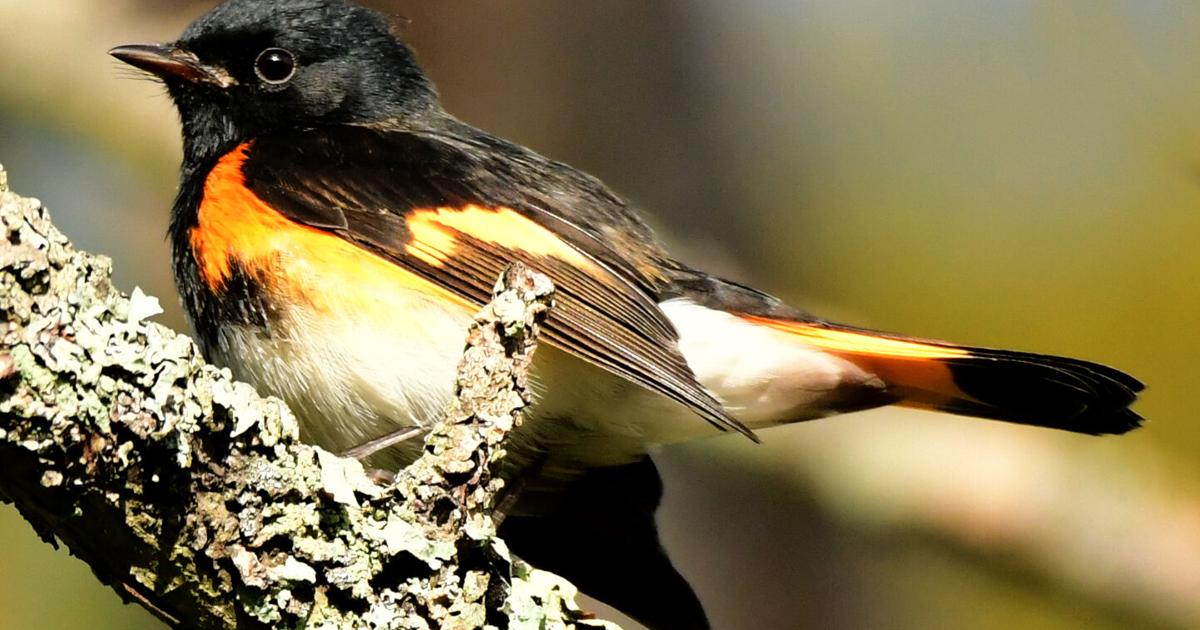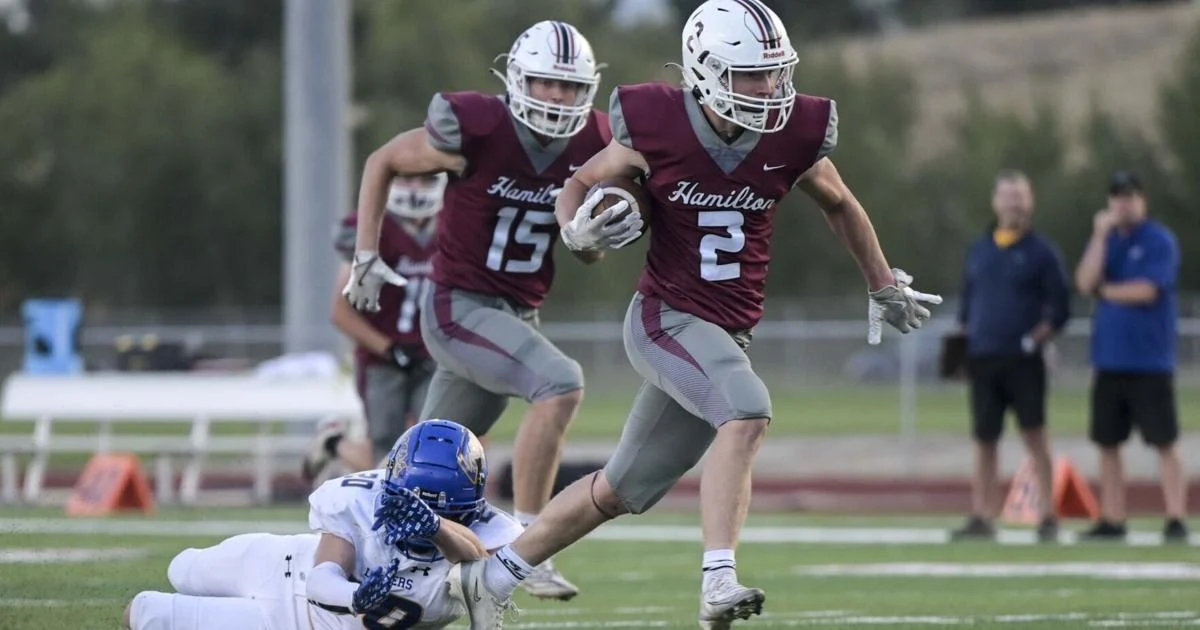By By Bill Danielson
Copyright berkshireeagle

The second half of September and the first half of October combine to represent one of the busiest times of the year.
A massive shift from summer to autumn results in so much activity in the outdoors that it is basically impossible to cover in a weekly column. Drought conditions have created absolutely perfect weather for migrating birds to take advantage of, and dry weekends have allowed me to get down to my Thinking Chair and monitor the situation up close and personal.
I’ve been visiting a little spot that I carved out of the trees and bushes at the edge of a wet meadow since at least 2018. The first actual written record that I could find shows a date of July 18, 2018, and, as is often the case, the first data sets were somewhat experimental. There were entries for species, but not for behaviors that I was observing. As the years went by, I refined my data collection. Today, I will write down so much more than simply a list of species.
I have put in so much time in that one spot that I feel that I have been able to come up with something that I could describe as “baseline normal.” As a result, I am in a fairly good position to pick up on rare, odd, or unusual events. An example would be the fact that just last week I saw (and photographed) a pair of double-crested cormorants fly over. This is not the first time that I have detected this species in the airspace over my house, but it is certainly a rare and wonderful event.
So, it was with a real sense of triumph that I managed to catch sight of an adult male American redstart (Setophaga ruticilla) as it was exploring the trees at the edge of the meadow where I sit. I first noticed the bird when I turned my attention to a movement to my far left, west of my position. I am a little embarrassed to admit that I froze. There, at eye level, the bird was perched in an ideal position for photography. It took a moment for the surprise to wear off and another moment for the photographer to override the birdwatcher. It was a test from the gods, and I blew it.
However, I was not ready to give up. With my camera at the ready, I began the classic, old-school birder’s practice of “pishing.” To do this yourself, all you have to do is clench your jaws together and start making a loud “shushing” noise, as one might do when non-verbally telling someone to be quiet. Then, all you have to do is introduce a series of “p” sounds by pursing your lips while continuing to make the “shhhh” sound. When done properly, the result can easily be described as sounding like “pishhhh-pishhhh-pishhh.”
This is as close as most people can get to uttering a generic scolding call that might be used by small songbirds, and the individuals that hear are often attracted to the source of the noise. This is probably a behavior that is selected for in nature because if lots of little birds gang up on a possible threat, then the threat is greatly lessened due to the loss of the element of surprise. I made just a few pishing calls, and the male redstart came right over in full-alert mode.
I was excited to see the male redstart because, as with the chestnut-sided warbler (Setophaga pensylvanica), which I covered at the end of August, I feel like I have an ideal breeding habitat for redstarts that simply isn’t being used. To the south of my Thinking Chair, there is a huge tract of land that sports a mixture of coniferous and deciduous forest favored by redstarts. However, much to my confusion, I only seem to lay eyes on redstarts during the fall migration. I have never seen them during the summer.
Constantly flitting, flying and scrambling through the treetops, they are almost (as the Cornell Lab of Ornithology puts it) hyperactive. They fight with each other during the territory set-up phase, and then males and females will both deliver food to their chicks. Male redstarts are so ambitious and so energetic that they may actually set up secondary territories and attract secondary mates. This generally happens when the first female has committed to the two-week process of incubation. These birds are so energetic that I feel that it would be impossible to miss them if they were present in my woods.
The adult male American redstart is a little ball of fire, both behaviorally and physically. Adorned with black, white and orange feathers, male redstarts are impossible to mistake for any other local species, and, I might argue, they are among the most spectacular birds that you can see. Females and immature males have the same basic pattern to their feathers, but they sport feathers that are gray, white, and yellow. There are even colored panels in the birds’ tails and both males and females will flare their tails often. This is thought to startle prey enough to make them betray their hiding places.
By the time this column is printed, there should still be an opportunity for you to get outside and take advantage of the “moment of abundance” that we experience in September and October. For me, it has taken months of 2-hour photo sessions to finally see a redstart, but you may go out on a walk and see one right off the bat. There is really no way to tell until you give it a try, so grab a friend and head out into the woods. In just a couple of weeks, the warblers will be gone, so find as many as you can before migration comes to a close.



